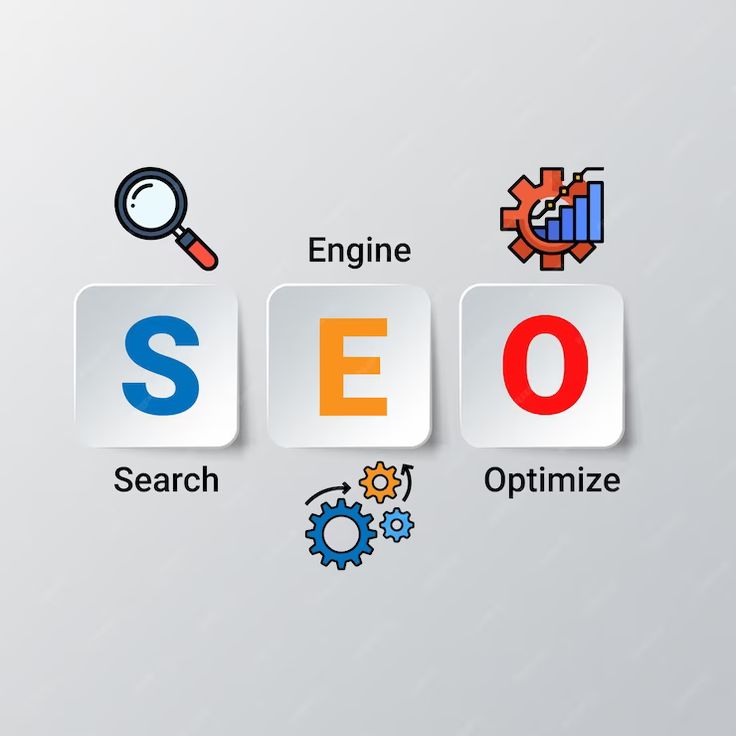Menu

Why Vector Graphics Are Crucial for SEO Success
In today’s competitive digital landscape, SEO plays a crucial role in website success. One often overlooked aspect that can significantly impact SEO is the use of vector-based graphics. Unlike traditional raster images, vector graphics offer scalable, high-quality visuals that improve user experience and loading times, both of which are important SEO ranking factors. In this article, we’ll explore how leveraging vector graphics can enhance your website’s SEO and why it’s a game-changer for online success.
The Power of Vector Graphics in SEO
Vector-based graphics, unlike raster images, use mathematical equations to define shapes, lines, and colors. This allows them to be resized without losing quality, making them perfect for responsive web design. With search engines prioritizing mobile-friendly websites, using vector images ensures your site looks great on all devices. Learn more about responsive web design here.
Benefits of Vector Graphics for SEO:
Improved Loading Speed: Vector files are typically smaller in size compared to high-resolution raster images, resulting in faster page load times—a crucial ranking factor for SEO.
Higher Image Quality: Vectors maintain their crispness and clarity, no matter how much they are resized. This enhances the visual appeal and professionalism of your site.
Better User Experience: Fast-loading websites with sharp, scalable images improve user engagement, reducing bounce rates and improving SEO rankings.
How to Integrate Vector Graphics for SEO Optimization
Integrating vector graphics into your site doesn’t have to be difficult. Here’s how to make the most of them:
Use SVGs for Logos and Icons: SVG (Scalable Vector Graphics) is the most common format for vector graphics on the web. They can be used for logos, icons, and illustrations. SVGs have the advantage of being lightweight and easily scalable without losing quality.
Ensure Accessibility and SEO-friendly Alt Text: Just like any other image, SVGs should have descriptive alt text. This improves accessibility and helps search engines understand the content of the image.
Optimize for Web Performance: While vector graphics are generally smaller in size, optimizing their code and compressing SVG files further can boost performance. Learn more about optimizing SVG images here.
Best Practices for Optimizing Vector Graphics
Minimize File Size: Keep your vector files as small as possible to ensure faster loading times.
Clean SVG Code: Use SVG optimization tools to clean up unnecessary code, which can help improve file size and loading speed.
Responsive Design: Make sure your vector images adapt to all screen sizes, from mobile to desktop, for the best user experience. Check out our guide to SVG optimization.
Conclusion:
Vector-based graphics offer numerous advantages for SEO, including faster load times, improved image quality, and enhanced user experience. By leveraging these benefits, you can improve your website’s visibility and performance, ultimately boosting your SEO rankings. If you're looking to enhance your website's SEO with vector graphics, start integrating them today and experience the difference. Learn more about optimizing vector graphics for your website on our site, SeekVector, and start boosting your SEO today!